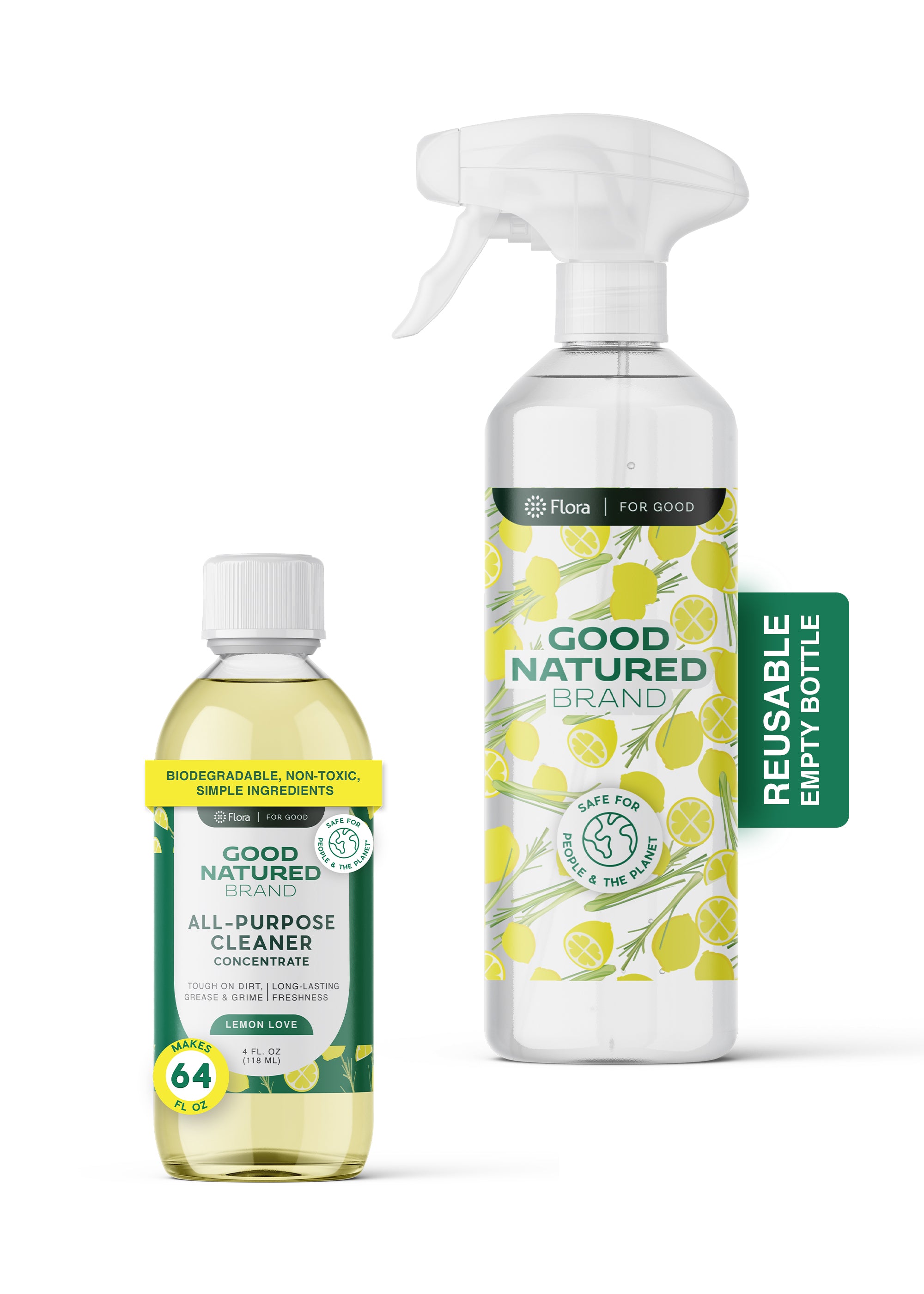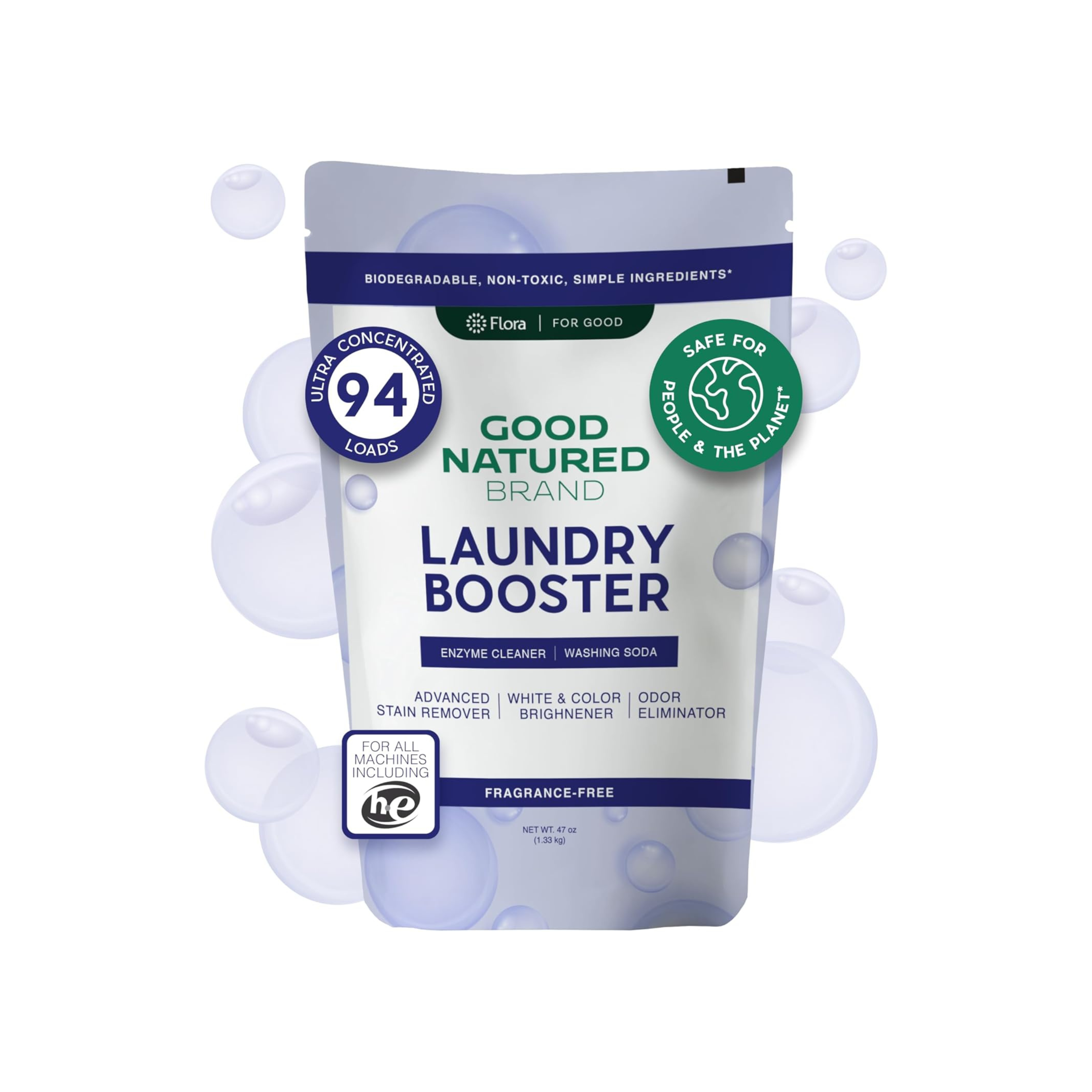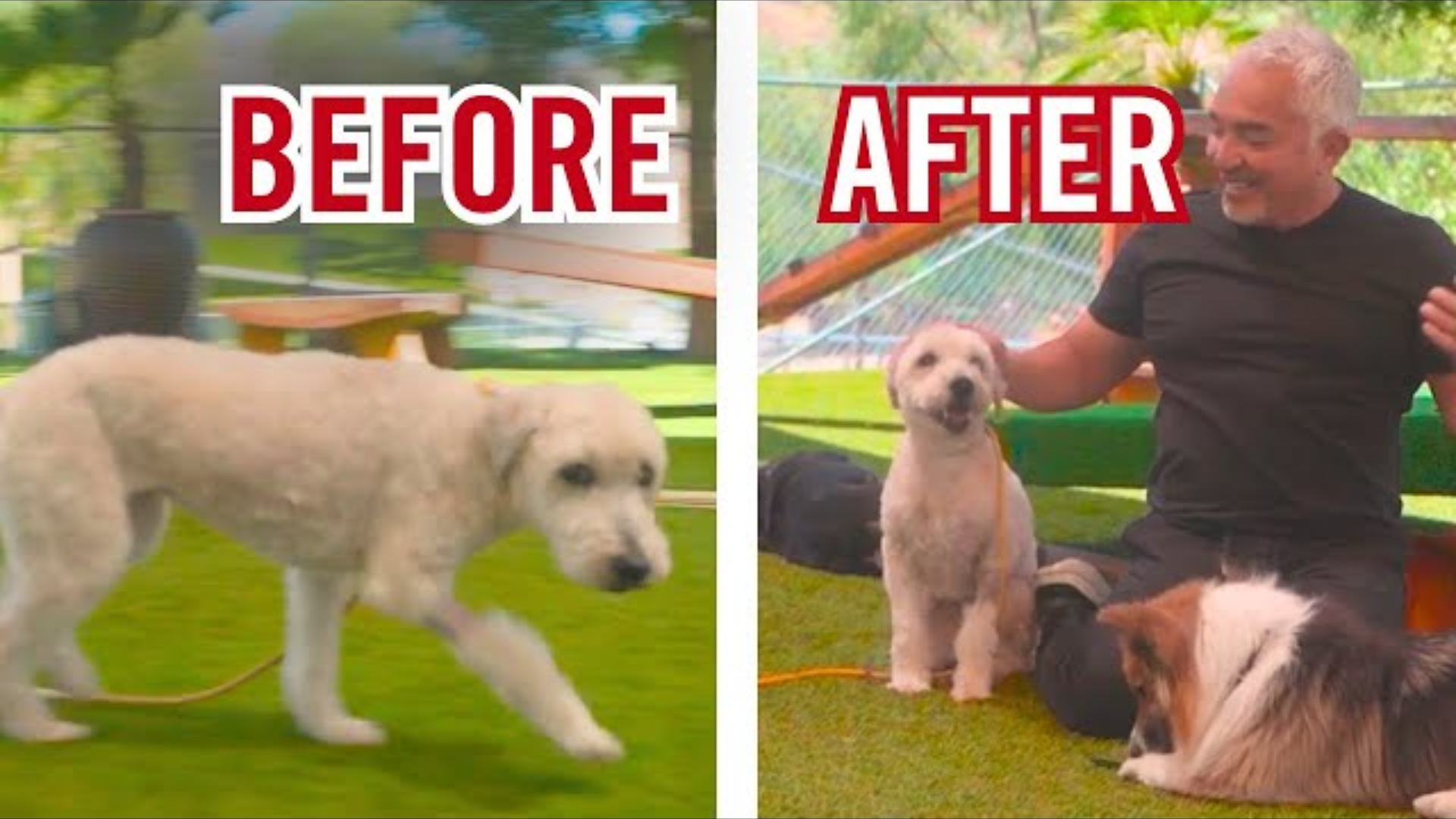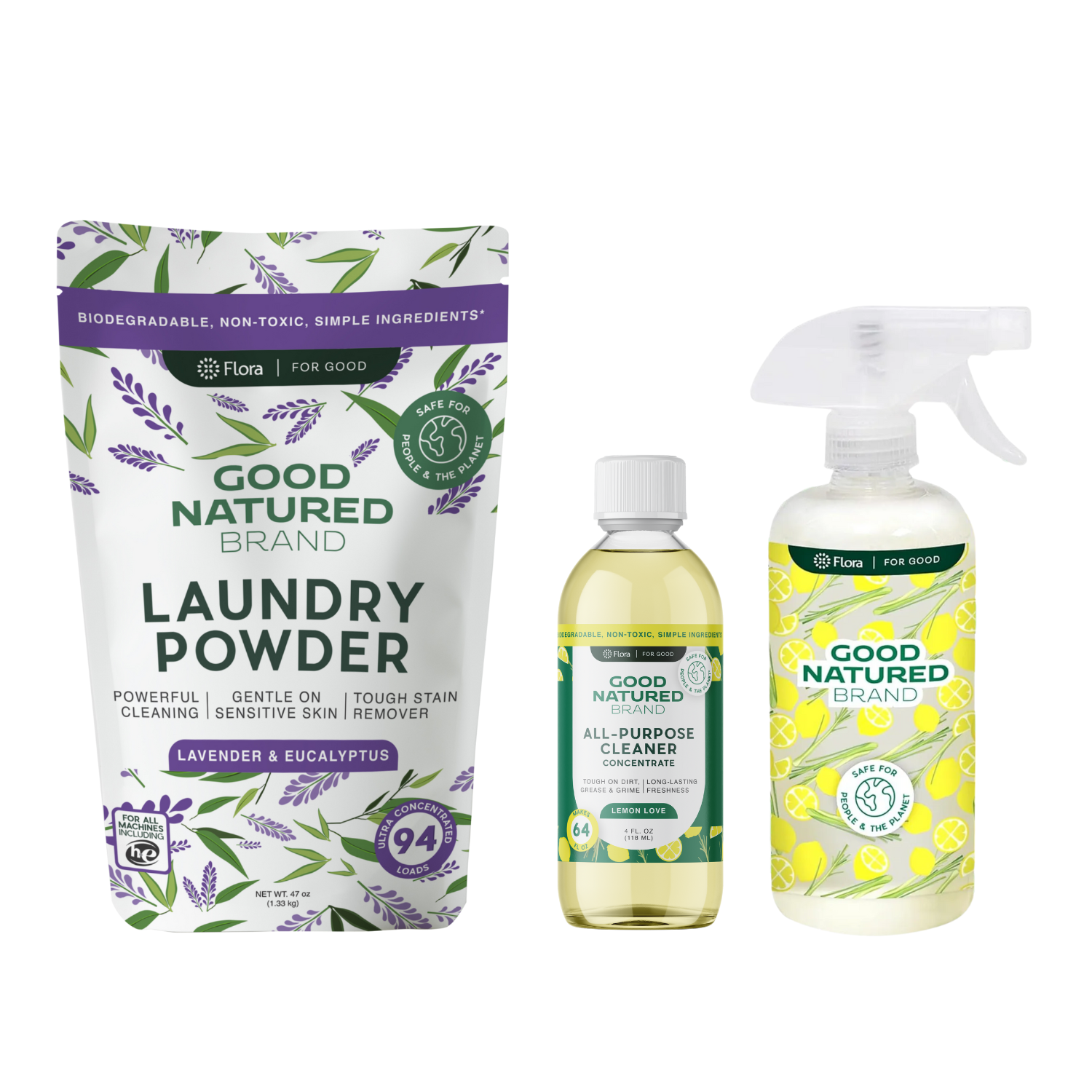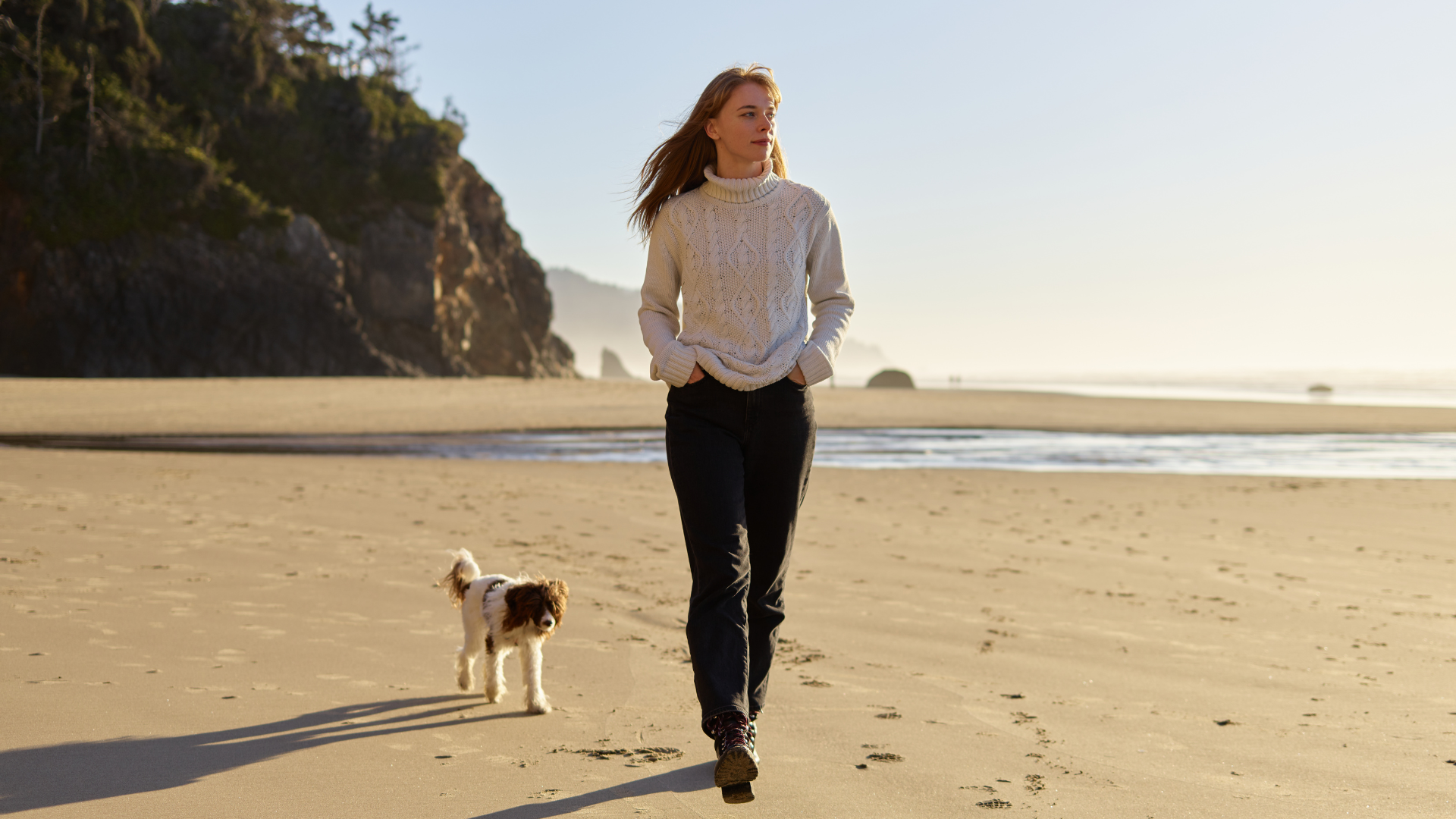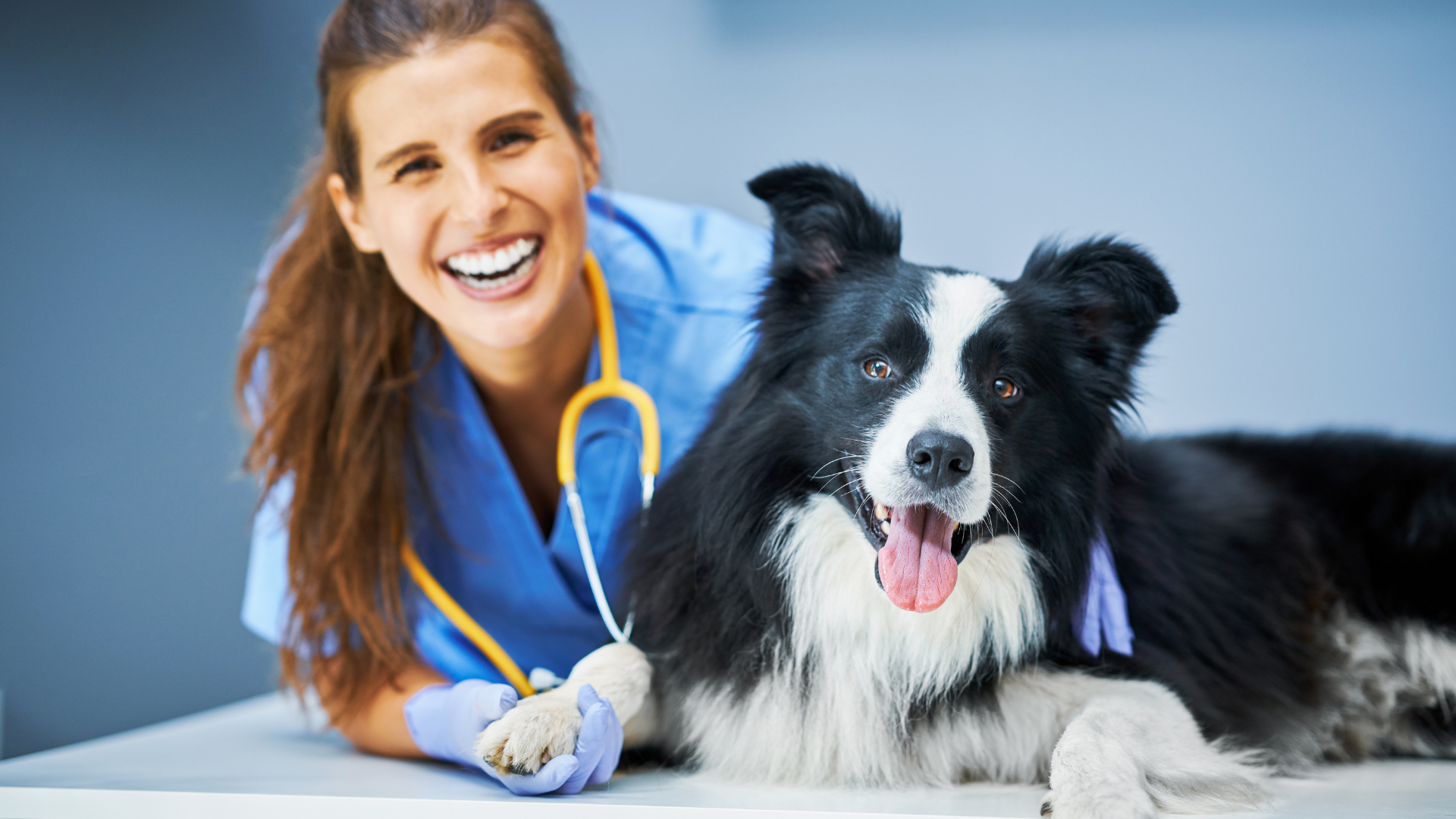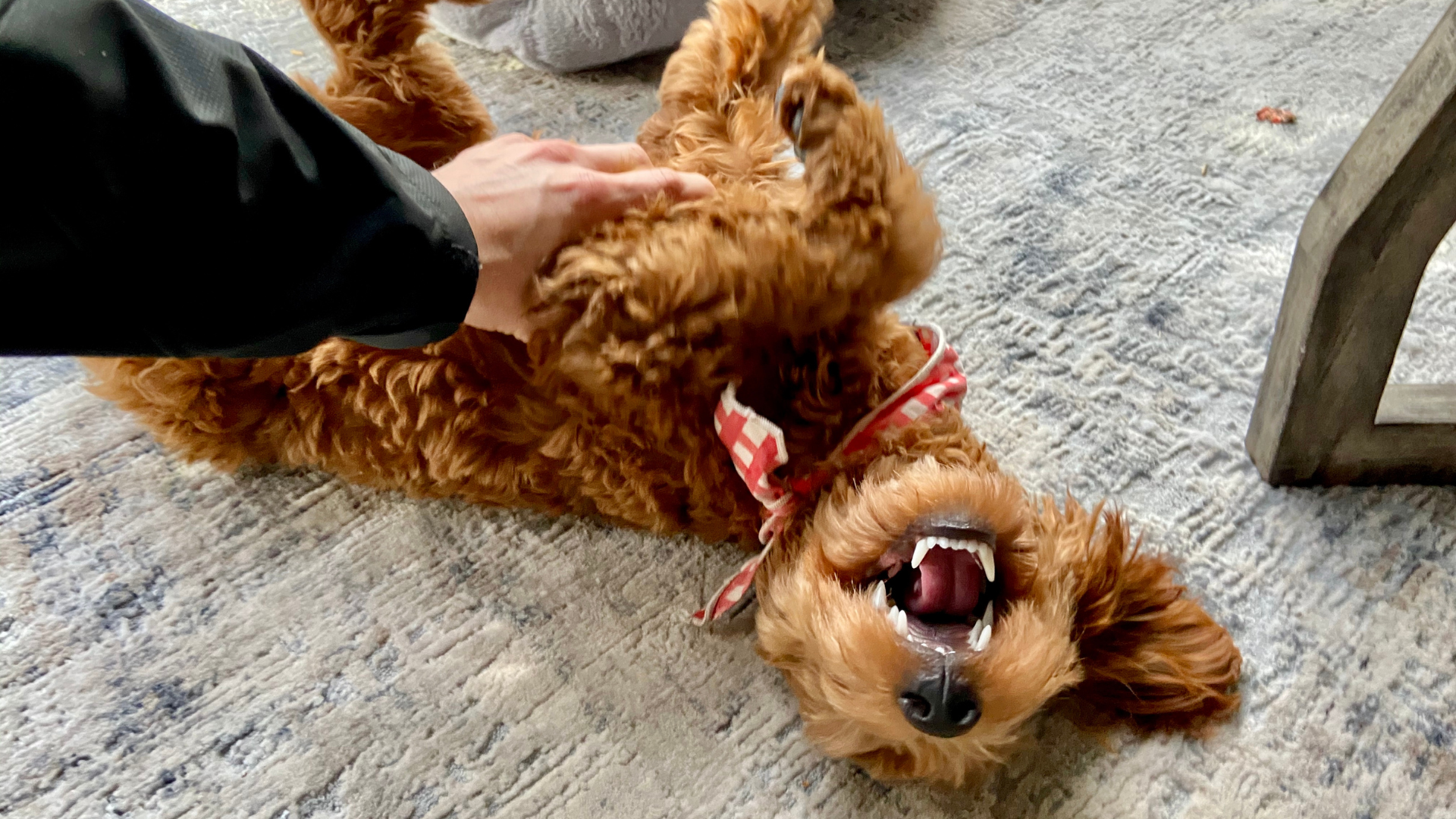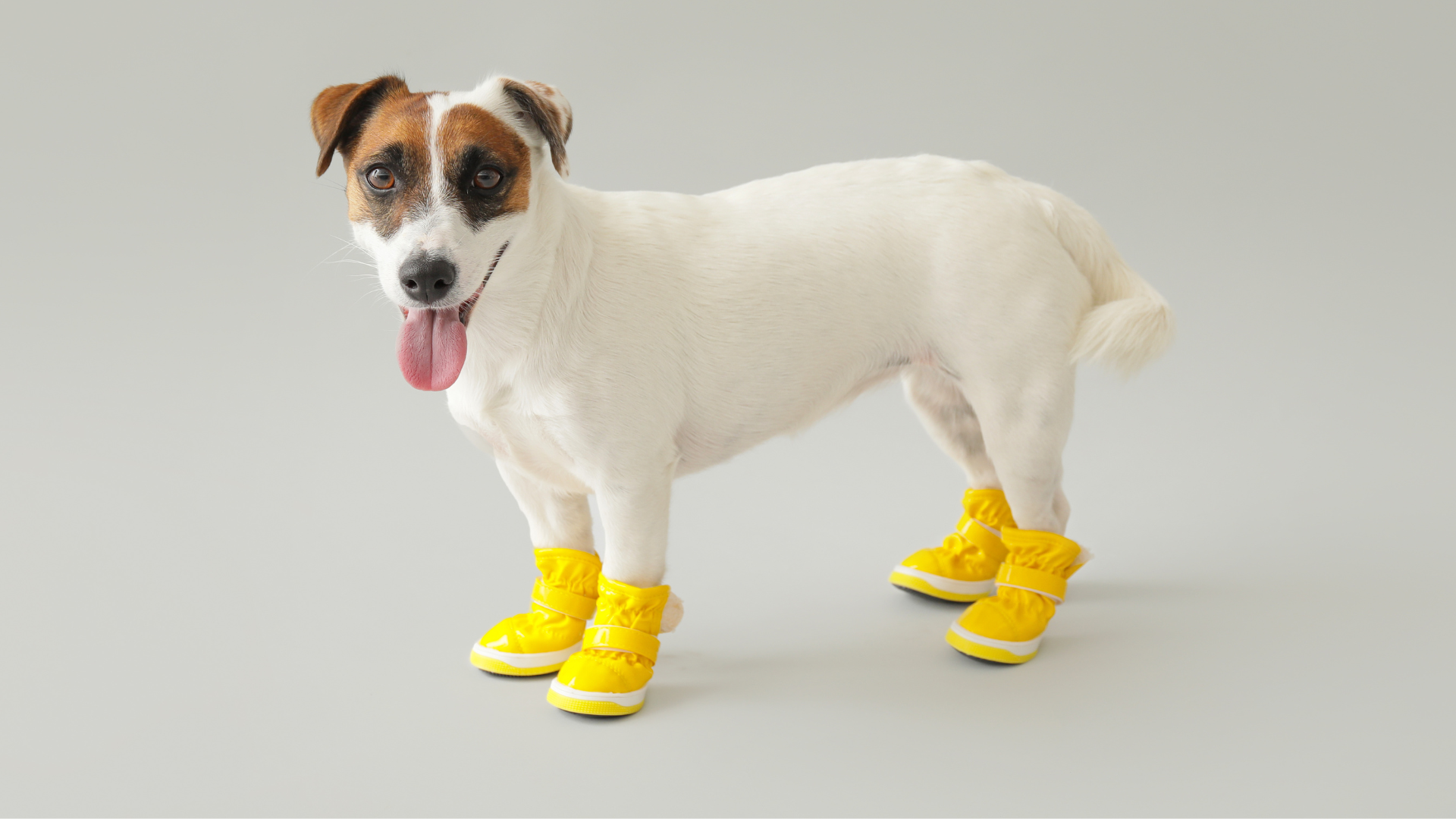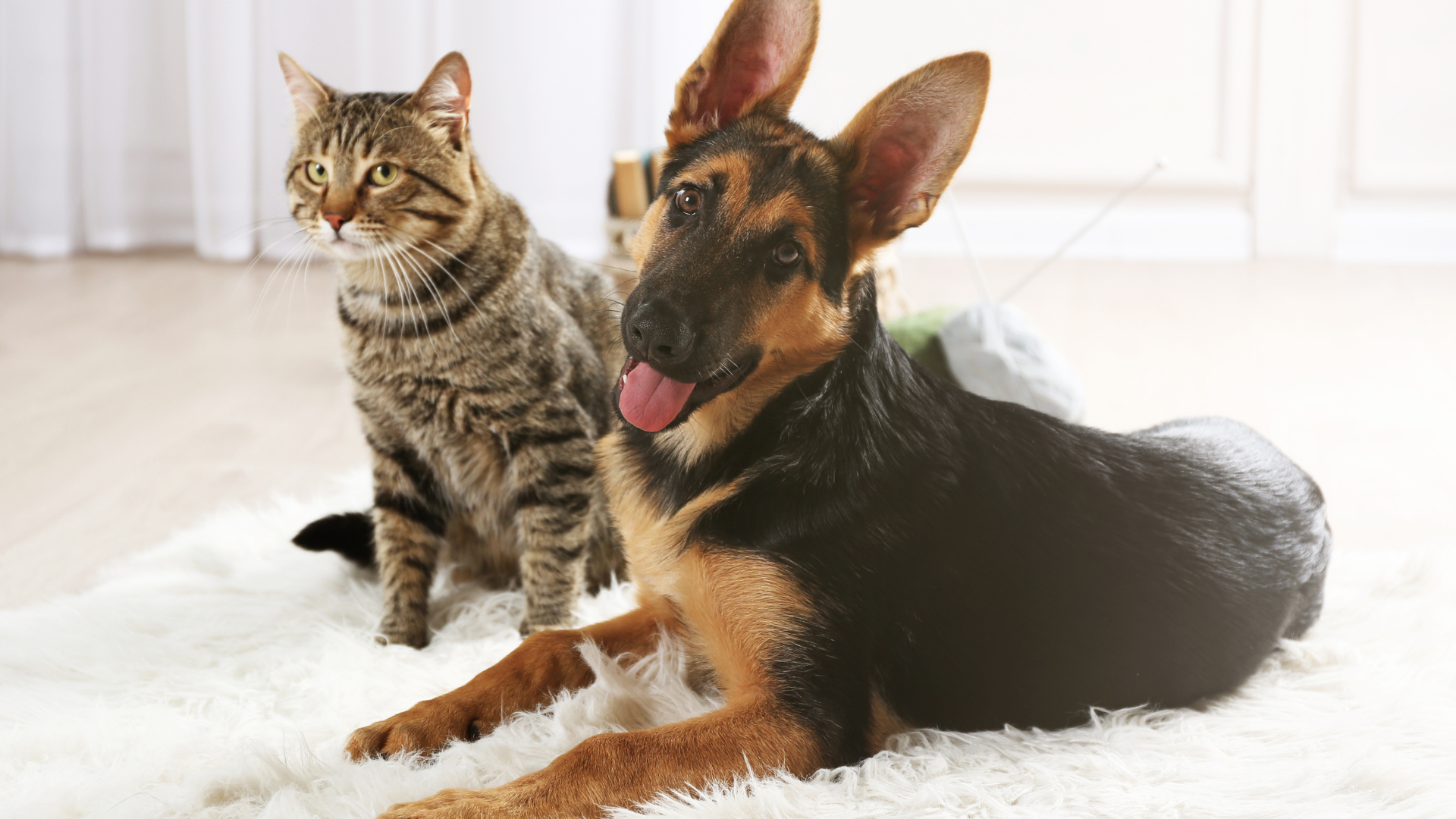In the YouTube video "Helping a Fearful Dog Feel Safe on Day One" posted by the Cesar Millan channel, the focus is on how to assist fearful dogs in overcoming anxiety and aggression when interacting with other dogs and humans. Fearful dogs often react in ways that are driven by insecurity, whether through anxiety or aggression, and it is crucial to understand their behavior to help them feel safe and build a trusting bond. This video offers valuable insights into how to create an environment where fearful dogs can slowly start to build their confidence and integrate into their new home.
In this blog, we will break down the techniques shared in the video, offering practical tips and strategies for owners of fearful dogs. By understanding the role of a dog’s pack position, using positive reinforcement methods, and creating a safe, calm environment, you can help your dog feel secure and comfortable in their new home. Additionally, we’ll explore how maintaining a clean and peaceful space for your dog can aid in the overall rehabilitation process.
Understanding a Fearful Dog’s Behavior: The Importance of Pack Position
One of the first things to understand when working with a fearful dog is their social rank in a pack. In the wild, dogs operate within a social structure, and their position in this structure directly influences their behavior. Dogs that are at the "back of the pack" tend to be more tentative and shy. They may show signs of fear that build up over time, which can eventually manifest as reactive or defensive behavior.
Why Pack Position Matters
Dogs at the back of the pack often exhibit fear-driven behaviors as a natural survival strategy. They may be more cautious, submissive, or fearful, particularly in new or unpredictable environments. This is an important insight for dog owners as it provides a framework for understanding why certain dogs may react anxiously or aggressively when introduced to unfamiliar situations or individuals.
By recognizing a dog’s position in the pack and their instinctual behaviors, you can tailor your approach to their needs. The goal is to make the dog feel safe, respected, and confident by providing consistent leadership and structure, allowing them to overcome fear without reinforcing it.
Creating a Calm and Inviting Atmosphere
Fearful dogs need a calm, inviting atmosphere where they can feel secure enough to explore and interact at their own pace. In the video, the trainer demonstrates how to introduce a fearful dog to a new environment, emphasizing the importance of maintaining a steady, confident energy throughout the process.
The Role of Calm, Confident Energy
The trainer’s calm demeanor and steady energy are critical in helping a fearful dog surrender their fear and feel comfortable. Fearful dogs are highly sensitive to the energy of their handlers, so it’s essential to remain calm and confident, as this reassures the dog that they are safe. Forced affection or overwhelming attention can exacerbate a fearful dog’s anxiety, so it's important to allow the dog to approach you at their own pace.
To further foster a calm environment, keeping your home clean and free from irritants is essential for reducing any unnecessary stress on your dog. Using natural cleaning products like Good Natured Brand’s Carpet Deodorizers, Laundry Powders, and All-Purpose Cleaners ensures that your dog’s living space is a serene and safe environment, free from harsh chemicals that could trigger anxiety or discomfort.
Using Leashes to Prevent Avoidance and Build Confidence
Another key strategy for working with fearful dogs is the use of a leash. The leash serves as both a physical and psychological barrier, preventing the dog from fleeing and allowing them to face their fears gradually.
Leash Training for Fearful Dogs
Fearful dogs often have a strong instinct to avoid uncomfortable situations. Using a leash helps keep them engaged and prevents escape behaviors, which can reinforce their fear. This controlled exposure helps the dog gradually build confidence while facing their fears without retreating. It’s essential to use the leash gently and avoid pulling or forcing the dog into situations they’re not ready for. The key is to offer the dog the freedom to move and explore while ensuring they are always within safe parameters.
The Power of Gentle Touch and Controlled Affection
When working with a fearful dog, it's crucial to be mindful of the timing and type of affection you offer. Premature physical affection can inadvertently reinforce fear, so it’s essential to wait until the dog is in a calm state before offering any form of affection.
How to Use Touch Effectively
In the video, the trainer uses gentle tapping and controlled touch to help the dog relax. This kind of touch is not overly affectionate or overwhelming; instead, it’s calming and helps the dog associate positive feelings with moments of calm surrender. Understanding the dog’s emotional state is key to providing the right kind of physical interaction at the right time.
By using gentle touch during moments of calm, you reinforce the desired behavior and encourage the dog to continue progressing in their rehabilitation. This approach ensures that the dog doesn’t feel overwhelmed or forced into interactions that are beyond their emotional capacity.
Creating a Tailored Environment for Sensitive Dogs
Not all dogs are suited to high-energy environments or chaotic settings like typical dog parks, where loud noises and assertive play may be overwhelming. Fearful dogs, in particular, require more controlled, low-stress environments to feel safe.
The Importance of Environment Tailoring
Tailoring the environment to match the dog’s comfort level is an essential part of their rehabilitation process. A peaceful, controlled space allows the dog to gradually acclimate to their new surroundings without feeling overwhelmed. Avoiding stressful or high-energy situations, such as dog parks, is important until the dog has built enough confidence to handle those environments.
Additionally, creating a calm and clean environment at home can significantly aid in your dog’s emotional healing. Keeping your home free from strong chemical scents or allergens by using Carpet Deodorizers, Laundry Powders, and All-Purpose Cleaners can help ensure that your dog is not exposed to additional stressors that might trigger their anxiety.
Gradual Exposure to Fears: A Long-Term Commitment
Rehabilitating a fearful dog is a gradual process that requires patience, consistency, and understanding. The trainer emphasizes that working with fearful dogs is a partnership between the handler and the dog, built on trust and respect.
The Path to Rehabilitation
The process involves exposing the dog to its fears in a controlled and systematic way. This may include slowly introducing new people, dogs, or environments at a pace the dog can handle. It’s important to assess the dog’s fear level—low, medium, or high—and tailor exposure to these levels. The goal is to replace fear with calm, trust, and confidence through consistent practice and positive reinforcement.
This rehabilitation process requires both the handler's emotional management and the dog’s instinctual progress. By remaining calm, consistent, and patient, you can help your dog move from fear to a balanced and joyful state.
A Path to Healing and Trust
Helping a fearful dog feel safe is a rewarding but challenging process. The key lies in creating a calm, controlled environment, understanding the dog’s instincts, and providing consistent, gentle guidance. The strategies outlined in "Helping a Fearful Dog Feel Safe on Day One" offer a structured approach that empowers owners to rehabilitate their fearful dogs with patience and empathy.
By maintaining a peaceful home and using calming, non-toxic products like Good Natured Brand’s Carpet Deodorizers, Laundry Powders, and All-Purpose Cleaners, you can help create an ideal environment for your dog’s emotional and physical well-being. Remember, building trust takes time, but with the right approach, your fearful dog can transform into a confident, joyful companion.









